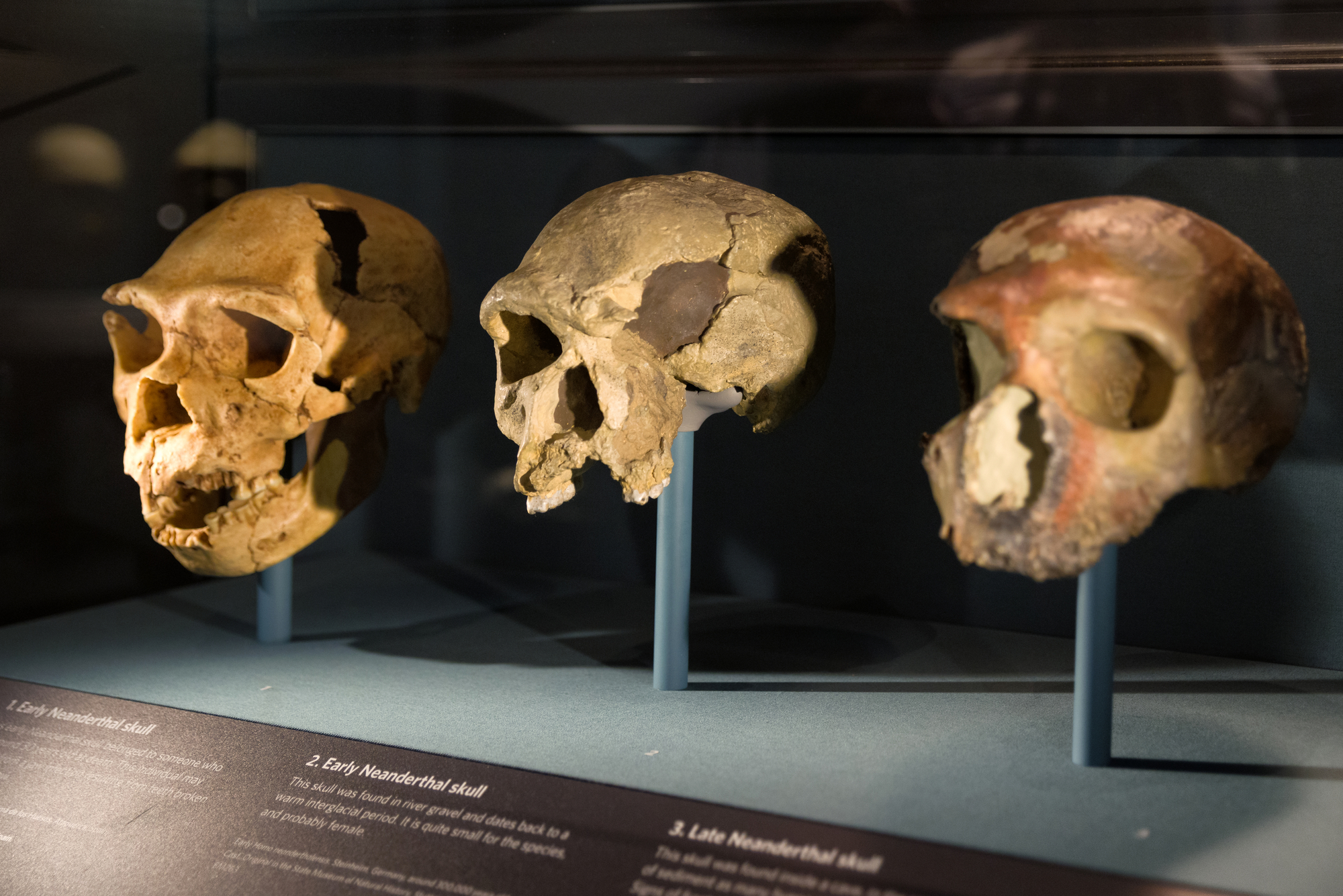

The species Homo sapiens (or “wise man”) began to evolve about 300,000 years ago, and eventually won out the evolutionary battle and became the only Homo species to reign on Earth about 40,000 years ago. During the early days of human life, another species named Homo neanderthalensis, or more commonly called Neanderthals, co-existed with Homo sapiens. In 2010, a ground-breaking analysis of a Neanderthal genome revealed that the two species could successfully interbreed.
It was once thought that war and violence caused the demise of the Neanderthals. However, a new study out this week in the journal PalaeoAnthropology adds to a growing body of research that proposes that Homo sapiens may have been responsible for the extinction of Neanderthals in a different manner—sex.
The researchers compared the genomes of Neanderthals and present day humans, and discovered that breeding in between the two species could have led to the eventual extinction of Neanderthals. When looking closer at the genomes of a Neanderthal with five modern humans, researchers discovered that Asians and Europeans share roughly one to four percent of their DNA with Neanderthals, while Africans don’t share any. This suggests that modern humans bred with Neanderthals after they left the African continent, but before they spread East to Asia and north towards Europe roughly 250,000 years ago.
[Related: Nobel Prize in medicine awarded to scientist who sequenced Neanderthal genome.]
However, there currently isn’t any evidence of Homo sapiens genetics in late Neanderthal genomes dating to between 40,000 to 60,000 years ago. Only 32 Neanderthal genomes have been sequenced, which makes it possible that a lack of Homo sapiens DNA within the Neanderthal genome is simply due to a low sampling.
It is also possible this is due to hybridization—where one species starts mating with another, creating offspring of a new variety. There are plenty of examples of hybrids in nature, such as the liger, which is the offspring of a male lion and a female tiger, or a mule, which is the offspring of a horse and donkey. For some species combinations, it makes a difference which parent is from which species, and often the offspring are infertile.
The lack of mitochondrial DNA (inherited from mother to child) from Neanderthals present in living humans might be evidence that only male Neanderthals and female Homo sapiens could successfully mate. If the researchers’ theory is correct, fewer Neanderthals may have been breeding with one another, opting for interspecies mating. This would decimate populations of the already existing small and scattered groups of Neanderthal families, eventually pushing them towards decline.
“We don’t know if the apparent one-way gene flow is because it simply wasn’t happening, that the breeding was taking place but was unsuccessful, or if the Neanderthal genomes we have are unrepresentative,” said Chris Stringer, the Research Leader in Human Evolution at London’s Natural History Museum and study author, in a statement. “As more Neanderthal genomes are sequenced, we should be able to see whether any nuclear DNA from Homo sapiens was passed on to Neanderthals and demonstrate whether or not this idea is accurate.”
[Related: Researchers found proof of Neanderthals reproducing with other species.]
“Our knowledge of the interaction between Homo sapiens and Neanderthals has got more complex in the last few years, but it’s still rare to see scientific discussion of how the interbreeding between the groups actually happened,” added Stringer. “We propose that this behavior could have led to the Neanderthals’ extinction if they were regularly breeding with Homo sapiens, which could have eroded their population until they disappeared.”
Around 600,000 years ago, Homo sapiens and Neanderthals diverged from each other and evolved in very different parts of the world. Neanderthal fossils have been found in Asia and Europe, with some as far from Africa and southern Siberia.
Meanwhile, Homo sapiens evolved in Africa, but scientists are uncertain whether our ancestors are the direct descendants of one specific group of ancient African hominins or came about as the result of mixing between different groups spread across the continent.
